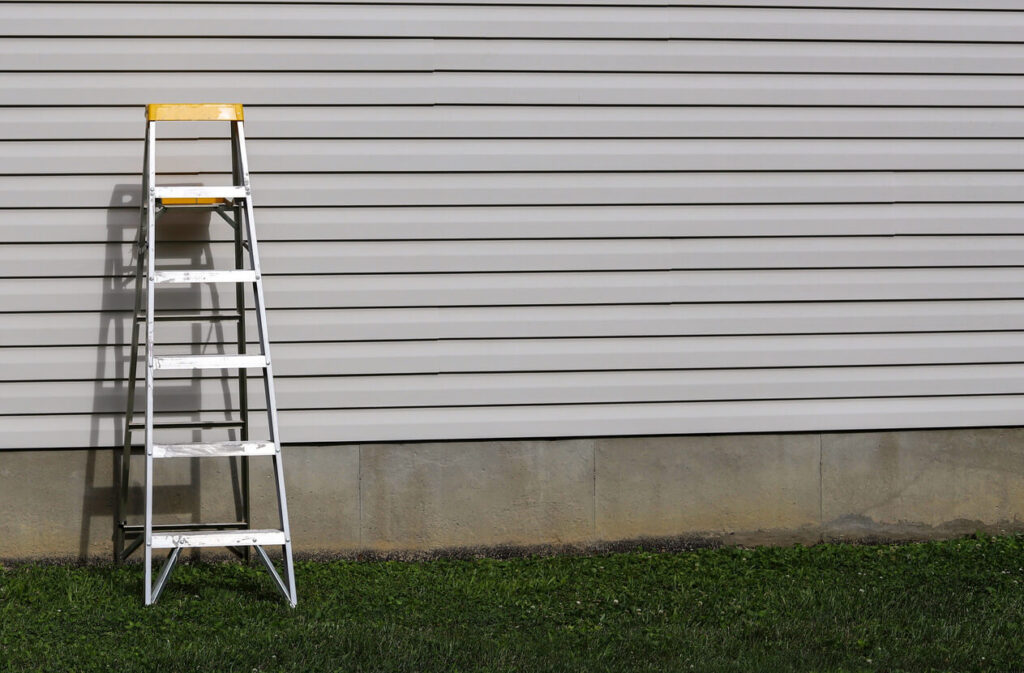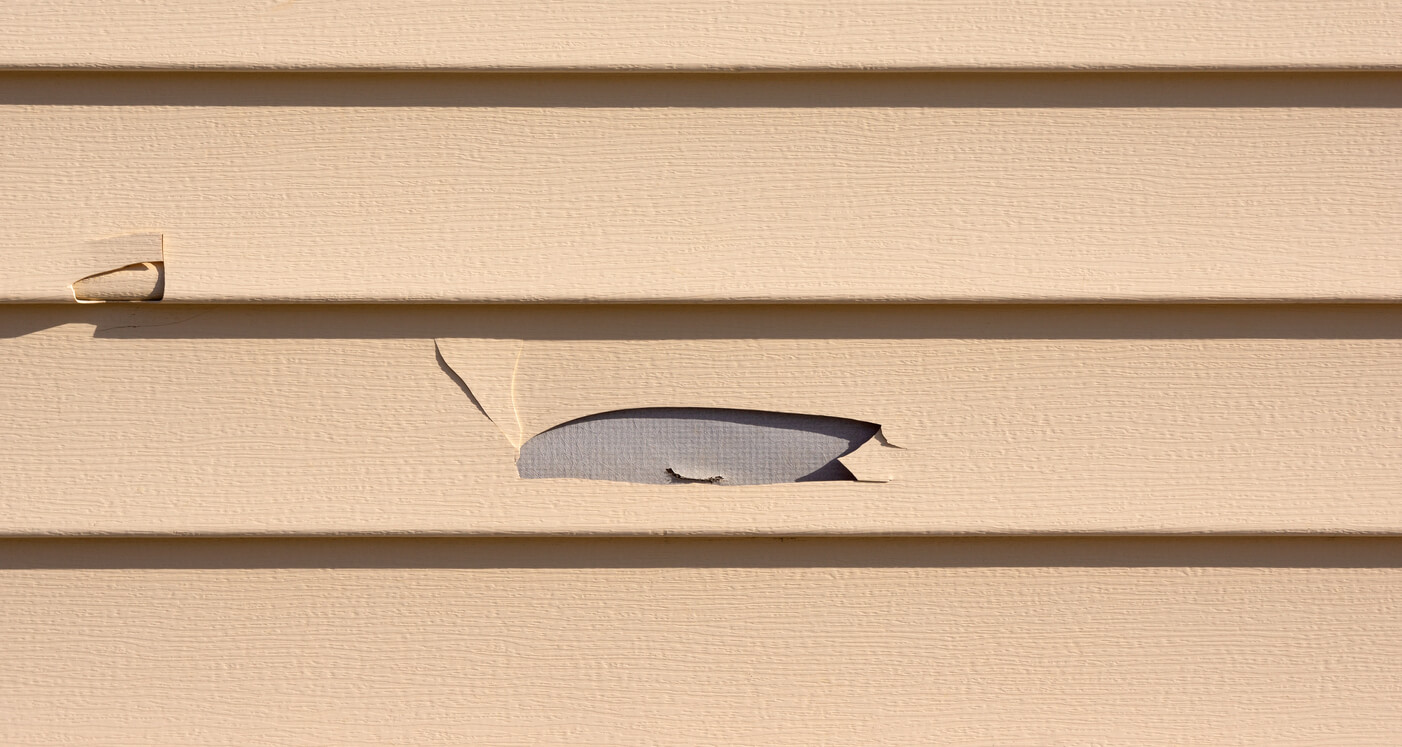When you’re considering the many options for your home’s exterior, vinyl siding is often a popular choice due to its durability, affordability, and low maintenance. However, what many homeowners may not fully appreciate is the critical role that the layer beneath - known as the underlayment - plays in the overall performance and longevity of the siding.
If that’s you, fear not! In this detailed exploration, we’re going to go over the importance of underlayment in vinyl siding; its composition, contribution to energy efficiency, installation nuances, moisture barrier capabilities, and provide essential maintenance and inspection tips to ensure your home's exterior remains in prime condition. Let’s dive in!
Importance of Underlayment in Vinyl Siding
The underlayment may be out of sight, but it should never be out of mind, especially when it comes to vinyl siding; this layer is pivotal in protecting your home from various elements and enhancing the siding’s effectiveness. Without a proper underlayment, your siding would be less equipped to handle temperature fluctuations, moisture intrusion, and even noise pollution. In short, it’s the unsung hero of your home’s exterior, working tirelessly to support the vinyl siding in shielding your home.
Understanding the Composition of Underlayment
Underlayment materials can vary, but they typically include foam insulation boards, house wrap, or felt paper, and each material offers distinct benefits. Foam insulation boards provide excellent thermal insulation, making them an ideal choice for energy efficiency, while house wrap, a synthetic material, excels in protecting your home from moisture while allowing it to "breathe," reducing the risk of mold and mildew. Felt paper, the traditional choice, offers a basic level of protection and is valued for its simplicity and effectiveness.
Role of Underlayment in Energy Efficiency
If you’re keen on reducing your energy bills, you’ll likely be interested to know that the underlayment plays a significant role in enhancing your home’s energy efficiency; in short, by providing an additional layer of insulation, the underlayment can help keep your home warmer in the winter and cooler in the summer. This not only makes your living space more comfortable but also reduces the strain on your heating and cooling systems, potentially leading to significant energy savings over time.
Installation Process of Underlayment

The installation of underlayment is a critical step that requires precision and expertise, and should always be carried out by a professional. It typically involves cleaning the exterior wall surface, repairing any damage, and ensuring the wall is completely dry before starting; the underlayment is then carefully measured, cut, and installed, making sure there are no gaps or overlaps that could compromise its effectiveness.
For the best results, it’s advisable to hire professionals who specialize in exterior renovations and siding installation, such as us at Rise Renovation. We’re experienced in handling all types of Denver vinyl siding projects, and will be able to advise you both on the type of siding you opt for, as well as the best underlayment for your needs.
Underlayment as a Moisture Barrier
Another one of the underlayment’s most crucial functions is serving as a moisture barrier; by preventing water from penetrating the wall assembly, it helps protect the structural integrity of your home and prevent issues such as mold growth and wood rot. This is particularly important in areas with heavy rainfall or high humidity levels; a well-installed underlayment will ensure that any water that does get behind the vinyl siding can quickly evaporate or drain away, keeping your home dry and secure.
Maintenance and Inspection Tips
In order to make sure that your vinyl siding and underlayment continue to protect your home effectively, regular maintenance and inspections are essential. Ideally, you should conduct a thorough examination of your siding at least once a year, looking for any signs of damage, such as cracks, warping, or loose panels - and pay special attention to areas around windows and doors, as these are common points of entry for water. If you notice any issues, it’s important to address them promptly to prevent more serious problems down the line. Additionally, keeping your siding clean from dirt and debris can also help extend its life and maintain its appearance.
The Bottom Line
Ultimately, while the vinyl siding may be the face and star of your home’s exterior, the underlayment is the backbone that supports and enhances its performance. Understanding the importance of this hidden layer, its composition, and how it contributes to energy efficiency and moisture protection can help you make informed decisions about your siding options, especially if you’re new to the world of home renovations.
Remember, proper installation and regular maintenance are key to ensuring your home remains beautiful, comfortable, and protected for years to come. So if you’re considering vinyl siding for your home, trust the experts at Rise Renovation to provide you with quality materials and professional installation services at cost-effective prices.
